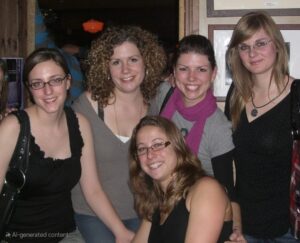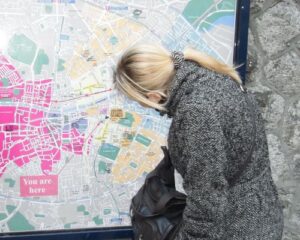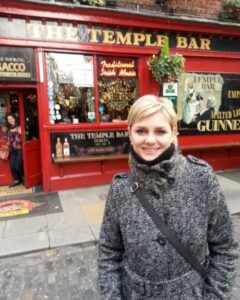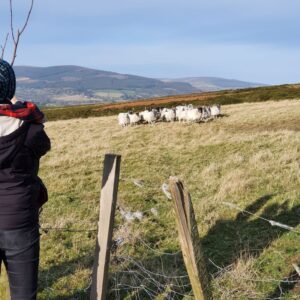20 Things People ask me about Living in Ireland
Interview with Myself
Living in Ireland comes with more than just practical things to consider. People often ask me what brought me here and how I like living in Ireland – what I miss, enjoy or prefer compared to my home country Germany. In this interview with myself I answer the most frequently asked questions.

1. Why Ireland?
When I came to Ireland for a work placement as a student in 2008, it was pretty much a last minute deal. Scotland hadn’t worked out and I had to fall back on the connections of my university which led me to Dublin. Despite some initial struggles I fell in love with Ireland. By the time I left, a desire had manifested – to come back one day and stay for good.
2. Did you emigrate for love?
No, I did not come to Ireland because of a man. Just out of love to the country, which had grown stronger over the years after my Erasmus stay. For years I came back to Dublin for the October bank holiday weekend to meet up with friends, and to get my annual Ireland fix. At a time of change in my life, around my 30th birthday, I decided to make my dream of living in Ireland come true.
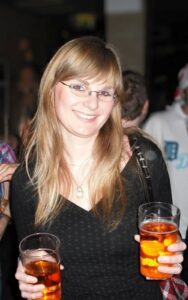 3. What did you like most about Ireland when you first came in 2008?
3. What did you like most about Ireland when you first came in 2008?
I could say something cliched like the landscape and the traditional Irish music which would both be true. But in fact it was the Brown Soda Bread and Bulmers that I devoured in abundance. Together with the great craic, it was the full Ireland package that got me hooked.
4. Is there anything you wish you would have known before emigrating to Ireland?
Nothing came as a big surprise. But whatever you think a good financial buffer is, add more to it! Living in Ireland is expensive.
4. Did you have a job when you came to Ireland?
Yes I did. Having a signed work contract was the ticket to my new life in Ireland. Without that I probably wouldn’t have risked moving here. No matter how much living in Ireland mattered to me, I needed the security of a steady income right from the start.
5. Do you feel homesick at times?
I never feel homesick as such. Sometimes I am upset that family get-togethers are so complicated to organise and therefore don’t happen very often. On birthdays or during the summer I miss being able to drop around to my parent’s or sister’s for a spontaneous barbeque or a chat.
6. Where do you spend Christmas? 
The first couple of years after I had moved to Ireland we spent Christmas with my family in Germany. But when we had our first child, we started establishing our own Christmas traditions. Now, as a family of five, we celebrate an Irish Christmas on 25th December with German customs and Christmas treats from both countries.
7. How often to you visit Germany?
With each of our three children visits to Germany have become more rare. The kids and I usually go over for two weeks in the summer. It involves a lot of planning and preparation which I find hard to do several times a year. We also have to work around school holidays. So we prefer to go once, but for a longer period of time to make it worthwhile.
8. What do you miss most in Ireland?
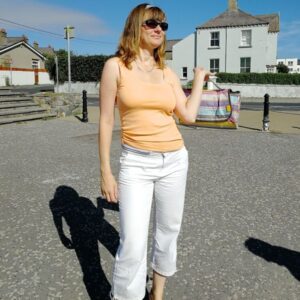 Hot summers and snow. I love autumn and spring in Ireland. With their mild temperatures and nature bursting with colours, they are my favourite seasons here. But I do miss consecutive dry days with temperatures over 20 degrees in the summer and cold, snowy winters.
Hot summers and snow. I love autumn and spring in Ireland. With their mild temperatures and nature bursting with colours, they are my favourite seasons here. But I do miss consecutive dry days with temperatures over 20 degrees in the summer and cold, snowy winters.
9. Is there anything that you still buy in Germany?
I sometimes ask my parents to send me toiletries and cosmetics, because they are so expensive here. A friend of mine occasionally sends me his homemade Sauerkraut. Other things that you can’t get here we make ourselves, like stewed apple, potato dumplings or red cabbage. Last year we brought home some plum butter from vacation. But I am happy enough to have them as treats once in a while.
10. Are your children bilingual?
Yes, our son (7) and daughter (5) are both bilingual. Well, technically. Our eldest was more exposed to German as a baby than our second child and has now a good level of German. He used to be more reluctant to speak German, but that has changed since he was about four years old. Now he switches to German when we are with my parents, but English is still his preferred language. Our five-year old has only recently started mixing some German words into her otherwise English communication. But she understands German 100%. Our 19-months old doesn’t talk yet, but understands things in both languages. Our family language is English as my husband doesn’t speak any German.
11. Do you speak Irish?
No, I don’t. I was under the impression that I would be able to pick it up when the kids learn it in school. I was mistaken! When I hear a word I don’t know how to spell it. And when I read it, I have no clue how to pronounce it. Gaeilge is rather complicated and nothing like any other language I have ever encountered. I doubt that I will have the patience and will power to make it to a sufficient level of Irish. I do enjoy listening to the kids talking and singing in Irish though and am proud of how well they are doing with it.
12. Do you dream in English?
Yes, I dream in English and German, depending on where the people in my dream are from.
13. What do you like most about Irish people?
That you can have a conversation about something trivial as the weather for as long as you want, wherever you want. You will never fail to have a chit chat in Ireland as long as you are open to it.
14. What bothers you most about Irish people?
According to my experience Irish people can be a bit flaky when it comes to arrangements – whether private or professional. Often they cancel last minute or don’t show up at all. Relationships can be a bit one-sided with me being the one reaching out or keeping in touch. “Let’s catch up soon” doesn’t really mean anything in Ireland.
16. How do you feel about driving on the left side?
If my old boss from Germany hadn’t thrown me into the deep end on a business trip to England many years ago, it probably would have taken me much longer to feel confident driving on the lefthand side of the road (thanks Julia!). Now I don’t have any trouble whatsoever driving on either side of the road. It just comes naturally. But it helps having a car with the steering wheel on the respective side for the proper perspective on the road.
17. Is Irish food really that bad?
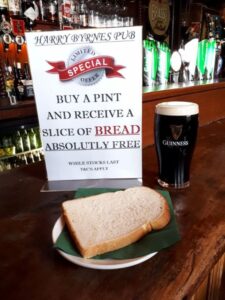 I have always loved Irish food and the mostly hearty dishes. A full Irish breakfast is an absolute must if you have never tried it before. Be brave and go for the black and white pudding even though they don’t seem like typical breakfast items. Tourism traps using low quality products or selling overpriced Guinness Pie and Seafood Chowder can be a letdown. But when done right, Irish classics such as stew, salmon or shepherd’s pie are a real delight!
I have always loved Irish food and the mostly hearty dishes. A full Irish breakfast is an absolute must if you have never tried it before. Be brave and go for the black and white pudding even though they don’t seem like typical breakfast items. Tourism traps using low quality products or selling overpriced Guinness Pie and Seafood Chowder can be a letdown. But when done right, Irish classics such as stew, salmon or shepherd’s pie are a real delight!
18. How do you cope with the Irish weather?
I often ask myself this question during the wet and dull winter months. But once the smell of spring is in the air, with the first daffodils breaking through the soil, Ireland is turning into one of the most beautiful countries in the world, and I am consoled. Even though I miss more predictable summers and winters, I value the moderate climate without extremes either side of the the zero degree mark. Keeps your wardrobe nice and slim too!
19. What are “Must-Sees” in Ireland?
As interviewee I would have liked to avoid this question. But as an interviewer I think it needs to be answered. The problem is there is not just one answer. There are so many places in Ireland that are worth seeing. When my time as a student in Ireland was limited, I wanted to tick all the travel brochure sites, such as the Cliffs of Moher, Giant’s Causeway, Ring of Kerry and so on. They are all stunning indeed, but don’t necessarily represent Ireland in its most authentic way. Make them part of your itinerary, but take your time to explore and experience the country at a slow pace! Whilst I got to see more places in a shorter period of time before I lived here, I now return to places to actually enjoy them.
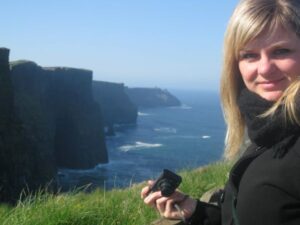
20. Are you planning to stay in Ireland for good?
I came to Ireland with the intention to stay and that hasn’t changed since I emigrated in January 2014. Of course I can’t predict what the future holds, but I am happy to spend the rest of my life in Ireland. I think I would find it very hard to reintegrate in Germany after having raised our children here. Leaving our beloved home would break my heart.
Any more questions about living in Ireland? Pop them in the comments below!
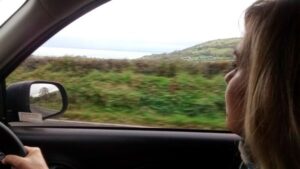
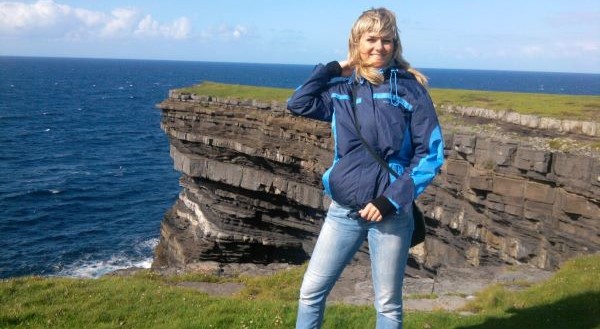

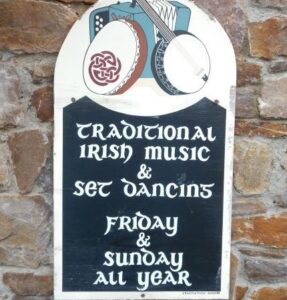 Less dreaming, more preparing!
Less dreaming, more preparing!
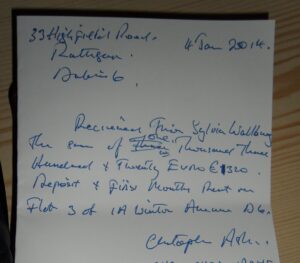
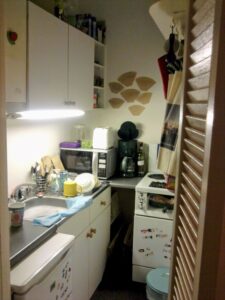
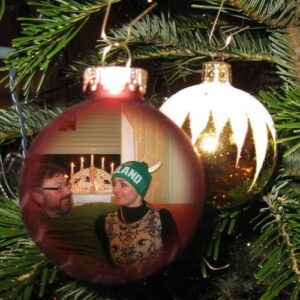 It is the 10th year John and I have been decorating together for Christmas in Ireland. Well, he is decorating and I get veto rights. He loves Christmas and is always super excited when it is time to get out the decorations. The more colourful the better. I would prefer a more natural, red and green colour scheme. I like the idea of it being based on red apples hung on an evergreen tree to teach the story of Adam & Eve before people could read.
It is the 10th year John and I have been decorating together for Christmas in Ireland. Well, he is decorating and I get veto rights. He loves Christmas and is always super excited when it is time to get out the decorations. The more colourful the better. I would prefer a more natural, red and green colour scheme. I like the idea of it being based on red apples hung on an evergreen tree to teach the story of Adam & Eve before people could read.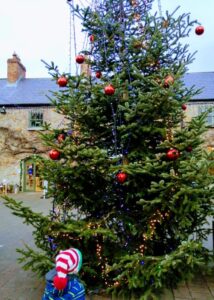

 December, all the way through the house. He usually takes a few tumbles off ledges and shelves en route, but we successfully mend him each time. The youngest member of the family gets to put him into the crib on Christmas Day. For us a more genuine alternative to the Elf on the Shelf.
December, all the way through the house. He usually takes a few tumbles off ledges and shelves en route, but we successfully mend him each time. The youngest member of the family gets to put him into the crib on Christmas Day. For us a more genuine alternative to the Elf on the Shelf.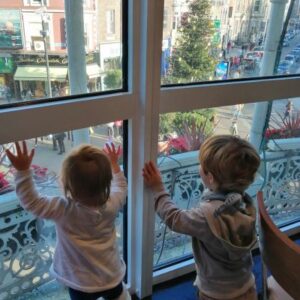
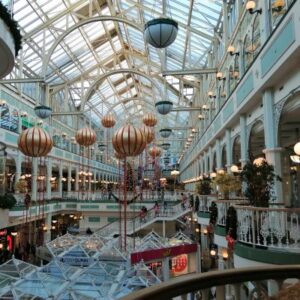


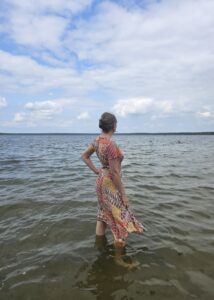

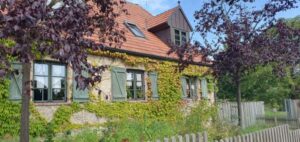
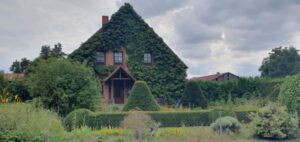

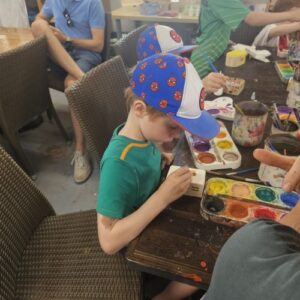
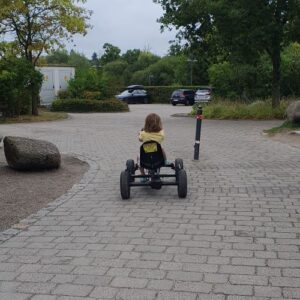

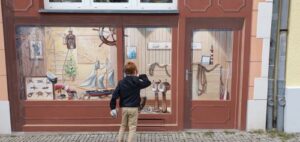
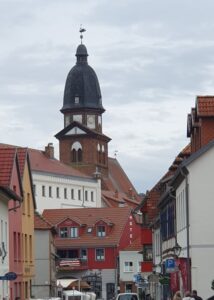

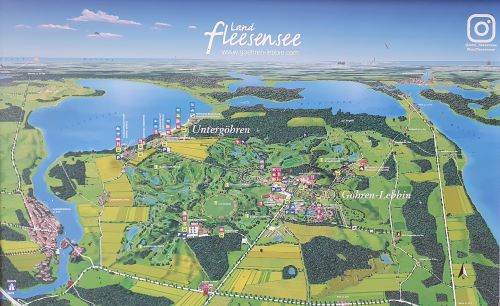
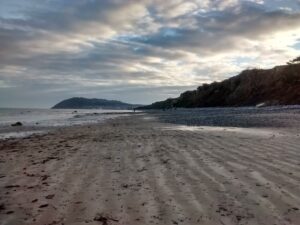
 But I needed my annual Ireland fix and had taken the trip on my own. That morning in the hotel room I hit a low, wallowing in self-pity over our busted get-together. I had wandered the city plenty over the past few days and didn‘t fancy another stroll through drizzly Dublin. But I certainly did not want to waste my precious last hours in Ireland in a hotel room. Hence I gave myself a kick in the butt and jumped on the Dart before I could talk myself out of it.
But I needed my annual Ireland fix and had taken the trip on my own. That morning in the hotel room I hit a low, wallowing in self-pity over our busted get-together. I had wandered the city plenty over the past few days and didn‘t fancy another stroll through drizzly Dublin. But I certainly did not want to waste my precious last hours in Ireland in a hotel room. Hence I gave myself a kick in the butt and jumped on the Dart before I could talk myself out of it.




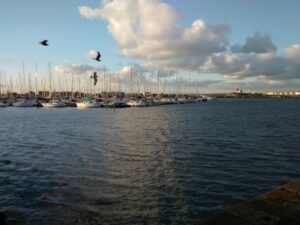
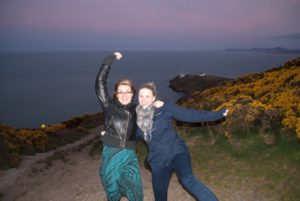






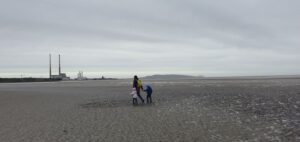
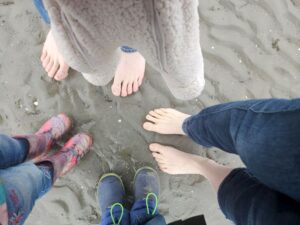


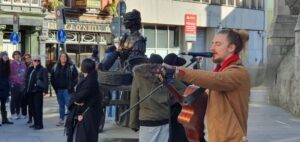
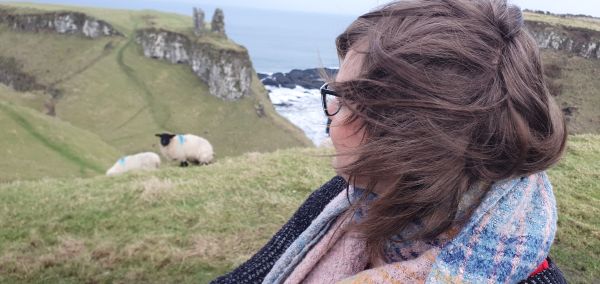
 I still appreciate the Irish way of life. Otherwise I wouldn’t have
I still appreciate the Irish way of life. Otherwise I wouldn’t have 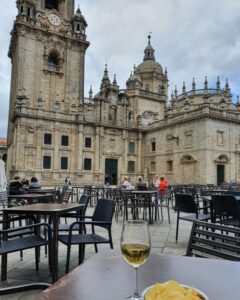
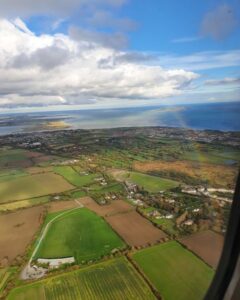
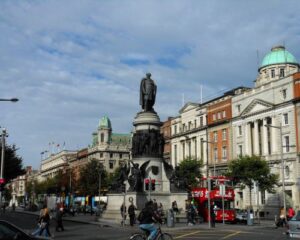 The bus left me off at O’Connell Street, the main artery of the northern inner city. When I stood there with my two suitcases, I paused for a moment to take in the hustle and bustle. Tourists in rain jackets and hiking boots, with big cameras, rushing past. The faint guitar sound of a street musician, a language cacophony from the Hop-on Hop-off busses. I felt excited and overwhelmed at the same time. I was finally here, with all my belongings that I needed for my fresh start in Dublin. For so long I had been dreaming of
The bus left me off at O’Connell Street, the main artery of the northern inner city. When I stood there with my two suitcases, I paused for a moment to take in the hustle and bustle. Tourists in rain jackets and hiking boots, with big cameras, rushing past. The faint guitar sound of a street musician, a language cacophony from the Hop-on Hop-off busses. I felt excited and overwhelmed at the same time. I was finally here, with all my belongings that I needed for my fresh start in Dublin. For so long I had been dreaming of 